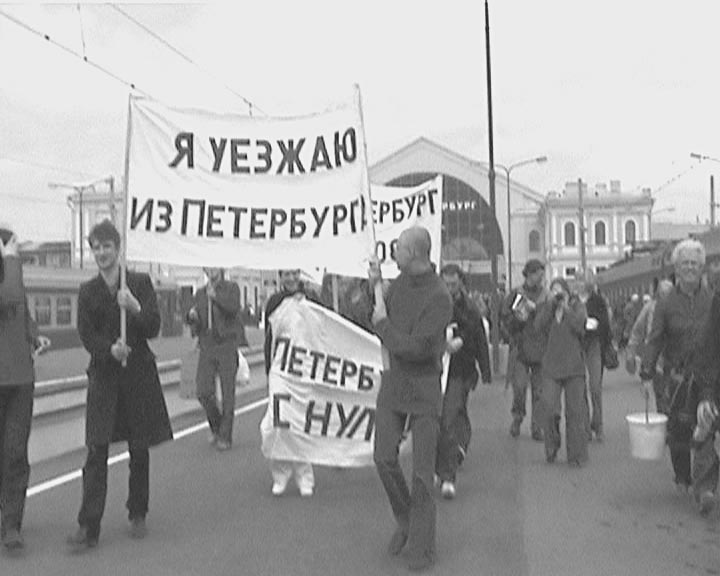
Film Criticizes the Dystopian Artwashing Practices at Lincoln Center

**Stanley Nelson’s “San Juan Hill: Manhattan’s Lost Neighborhood” – A Reflection on Displacement and Artwashing**
Stanley Nelson’s 2024 documentary *San Juan Hill: Manhattan’s Lost Neighborhood* offers a poignant exploration of a working-class neighborhood in New York City that was systematically erased in favor of the towering cultural giant now known as Lincoln Center. The film traces the history of San Juan Hill, once a thriving community of predominantly Black and Brown residents, only to be demolished to pave the way for Moses’s urban vision and Rockefeller’s cultural apex. Nelson’s film asks: What do we owe these lost communities, and what role does art play in both memorializing and erasing history?
### The Rise and Fall of San Juan Hill: A Narrative of Displacement
San Juan Hill was more than just a neighborhood; it was a cultural hub, a microcosm of working-class life and creative vigor in Manhattan during the late 19th and early 20th centuries. Originally home to Black families pushed north from lower Manhattan alongside a significant influx of Puerto Ricans and other marginalized communities, it became a vibrant zone filled with clubs, theaters, and cultural enclaves that birthed influential art forms—most notably jazz music. The famed Thelonious Monk was among San Juan Hill’s residents, and even today, the reverberations of the neighborhood’s cultural contributions can still be felt in the fabric of American music and nightlife.
However, the neighborhood’s decline began when it was redlined in the 1940s, a federally backed process that aimed to segregate urban areas along racial and socio-economic lines. Fueled by the Housing Act of 1949, and under the stewardship of Robert Moses—chairman of the Committee on Slum Clearance—San Juan Hill was deliberately targeted and labeled *“the worst slum in New York.”* Large portions of the neighborhood were razed as part of Moses’s urban renewal movement, which sought to gentrify New York city to align with its growing cultural and financial aspirations.
In place of the demolished homes, in 1959, Lincoln Center for the Performing Arts broke ground. Initiatives led by cultural leaders like John D. Rockefeller III justified the expulsion of thousands of families registered as “slum clearance.” The residents of San Juan Hill received paltry relocation funds, unable to rebuild the community they had nurtured for decades. For those displaced, as Nelson’s documentary vividly recalls, any hope of preserving the area’s heritage and social fabric was irretrievably shattered.
### Living with Ghosts: Nelson’s Film and Former Residents
One of the strongest points of Nelson’s *San Juan Hill* is that it tears through façades of nostalgia with voices from the past. The film weaves recollections from former residents—some who lived in now-extinct buildings like the *Phipps* and *Amsterdam Houses*—who reminisce about a lively environment, women recalling ballroom dances, community protests, and quirky neighborhood characters like jazz titan Thelonious Monk.
While these oral histories highlight a lively, tight-knit world, the pain of displacement is undeniable. Nelson captures the emotional wound that never quite healed for these former residents, who speak of the day they received their eviction notices. The nominal relocation stipends did little to soothe the heartbreak as they fought, often in vain, to resist developers and cultural authorities bulldozing their neighborhoods into oblivion.
Despite valiant efforts—protests, petitions, and strategic gatherings—the collective power of the city, architects, and stakeholders like Moses and Rockefeller outmatched the community’s resistance. Nelson moves seamlessly between these personal stories and the broader narrative of urban renewal, highlighting how true cultural monuments are born when they emerge from community resilience, not corporate profit.
### The Controversy of Commission and Artwashing
However, the documentary comes with an undercurrent of ironic controversy; it is produced and commissioned by none other than *Lincoln Center*, the very institution that now occupies what was once San Juan Hill. This situation raises complex ethical questions about the way certain monuments of cultural history utilize narratives of displacement to absolve themselves—a process frequently referred to as *artwashing*.
As the art world grapples with its propensity to reconstruct and rebrand marginalized histories without effecting real change, Lincoln Center’s commissioning of this film risks seeming more like a superficially philanthropic endeavor than an actual reckoning with its lasting impacts. The film’s culminating suggestion that “Lincoln Center is working with a design team to break down barriers” feels vague and unsatisfying in comparison to the sophisticated, deeply rooted community that was bulldozed to erect it in the first place.
Nelson’s documentary, powerful as it is in recovering an erased history, grapples with a gnawing paradox: The institution funding the film is directly responsible for the very erasure it commemorates. This juxtaposition calls into question the sincerity of such an acknowledgment. Is remembering enough, or does true restitution demand more